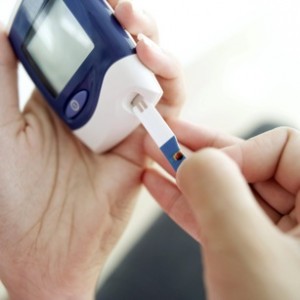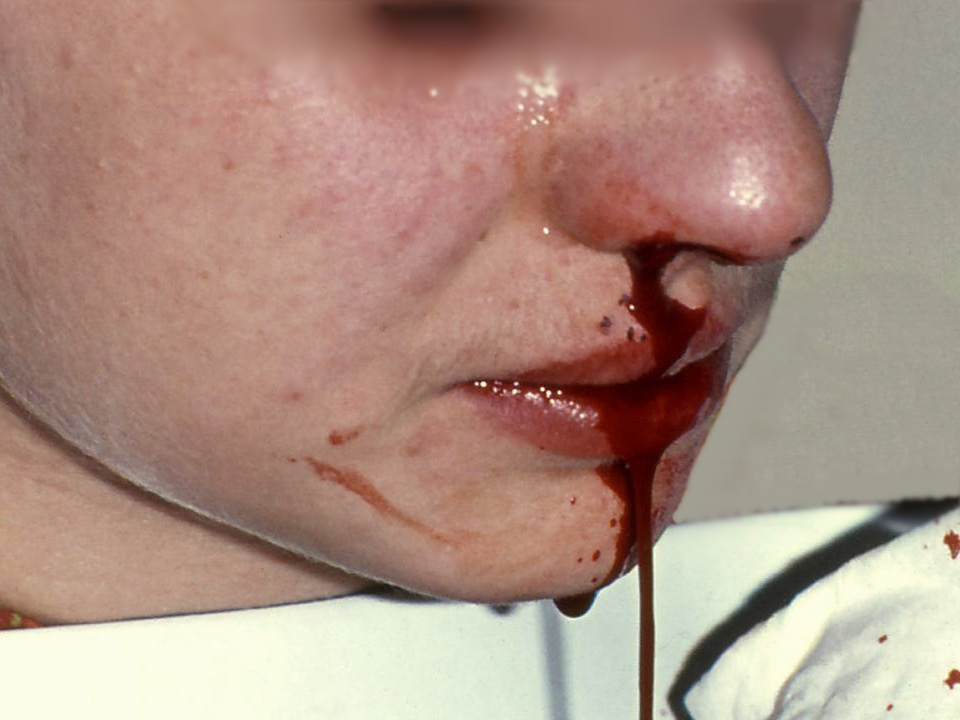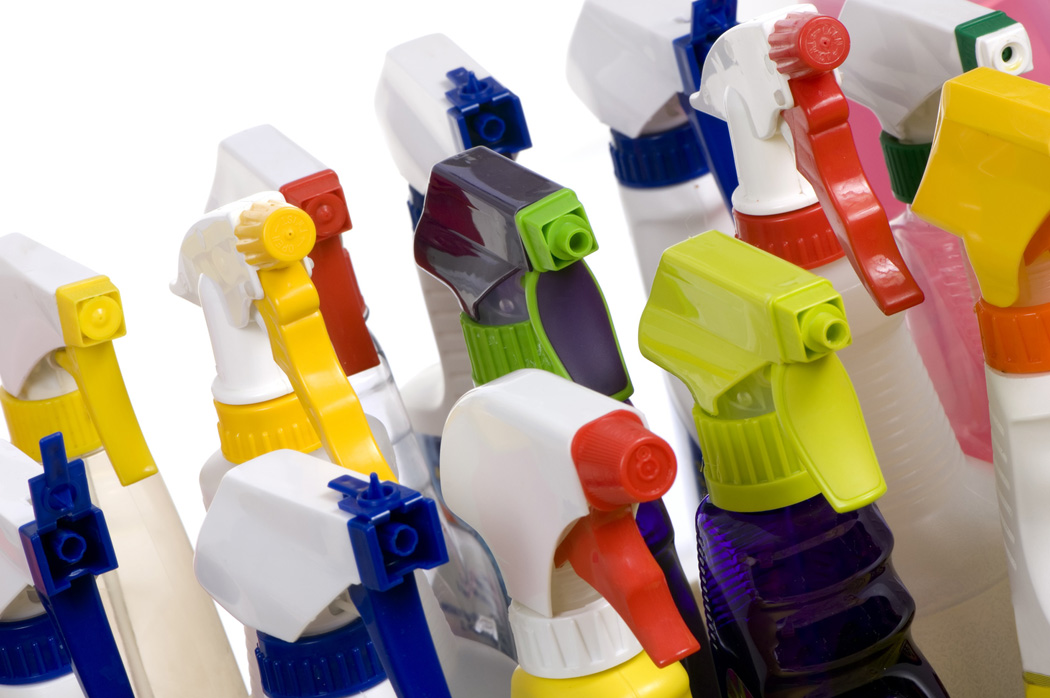A complete guide to Diabetes for first aiders
Diabetes is a common medical condition affecting 
But what exactly is diabetes? And why do first aiders need to know about it?
Introduction
Broadly speaking, diabetes is a problem with the body’s control of blood sugar levels. The body produces a variety of hormones to control blood sugar. The most important is insulin which is released by the pancreas. Insulin acts to reduce blood sugar levels.
There are two main types of diabetes:
Type 1: In this case, the body fails to produce enough insulin. Typically onset occurs in childhood however this is not always the case. Type 1 diabetes is often called Insulin Dependent Diabetes Mellitus (IDDM).
Type 2: In type 2 diabetes, the pancreas produces enough insulin however cells in the body become resistant to insulin so its effects are reduced. Type 2 diabetes is more common in later life, and may be affected by various lifestyle factors such as diet and exercise.
In both cases, the body has trouble regulating its blood sugar levels. An undiagnosed diabetic will often first present with high blood sugar (Hyperglycemia)
What is Hyperglycemia?
High blood sugar, or hyperglycemia often occurs in undiagnosed diabetics or diabetics who have not taken the correct medication.
The signs and symptoms of high blood sugar are:
- Increased thirst and urination
- Drowsiness and fatigue
- Dry and warm skin
- A ‘fruity’ smell on the breath
- Unconsciousness
Hyperglycemia may develop over several days and weeks. If you suspect someone has high blood sugar, you should urge them to seek medical attention. If they become very drowsy or unconscious then phone for an emergency ambulance.
What is Hypoglycemia?
Low blood sugar is known as hypoglycemia. This can occur in diabetics who take too much insulin, or do not eat enough to keep their blood sugar at normal levels. Hypoglycemia can develop very quickly.
The signs and symptoms of low blood sugar (hypoglycemia) are:
- Irritability
- Confusion / irrational behavior which is out of character
- Weakness and drowsiness
- Clammy skin
- Reducing level of consciousness
The person may tell you they have diabetes, or be wearing a medical alert bracelet with details of their medical condition.
If you suspect someone is suffering from low blood sugar, you should attempt to raise the blood sugar by offering something sweet such as a sugar cube / sugary drink / sugary snack. The casualty may be carrying snacks for such a situation.
If the casualty has a reduced level of consciousness, or does not respond to the treatment above, you should call an emergency ambulance.
If someone is unconscious, don’t try to put anything in their mouth (such as a sugar cube) to attempt to raise their blood sugar as this could be a choking risk.






Diabetes and low blood how you difference them